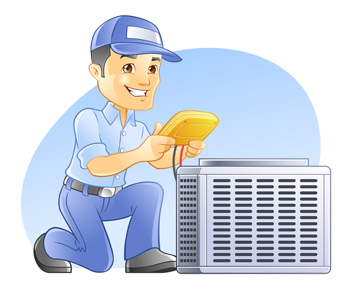If you want to reduce home heating costs, then the steps mentioned on this article may come in handy.
Consider Heating Fuel Type
Natural gas is the most common fuel type used in heating systems. Research carried out last winter shows that most US households using natural gasses as fuel spent around $700 on heating costs. Considering current energy prices, the same households, using electricity, oil and propane as fuel, would have spent around $2,000, $1,600 and $1,800 respectively on energy cost.
Experts suggest that homeowners using older models of HVAC systems should switch to new models which are designed to be more energy efficient.
Ductwork Cleaning
If your ducts have visible mold, dust and vermin, then cleaning them is highly recommended. This will not only improve your indoor air quality, but also save you money on energy cost.
It is also important that you inspect your ducts for leaks which can lose conditioned air, forcing your system to work twice as hard to condition your air. Inspecting ducts for leaks should be done by a professional. Advancement in technology has made it easier for these professionals to detect and fix leaks. For instance, aeroseal is a new technology that involves blowing microscopic particles of sealant over leaks to tightly seal them. It will cost you around $1,500 to seal leaks using this technology, and save you more on energy cost yearly.
Service Your Heating System
It is recommended that you service your unit at least once per year. You’ll need to find a qualified contractor to carry out the task for you. A NATE certified technician will have the skills and equipment to properly service your unit.
Deal With Drafts
Professionals will use blower door tests to detect leaks on your system, with the service costing your between $300 and $900. If you are working on a low budget, then you can use a lower tech method to detect leaks. For instance, holding an incense stick over electrical outlets, doors and windows and turning on all exhaust fans in your home can help you find leaks. When the smoke from the stick blows sideways, then you’ll know there is a leak. Follow us for more articles that keep your HVAC system running efficiently and saving you money.

